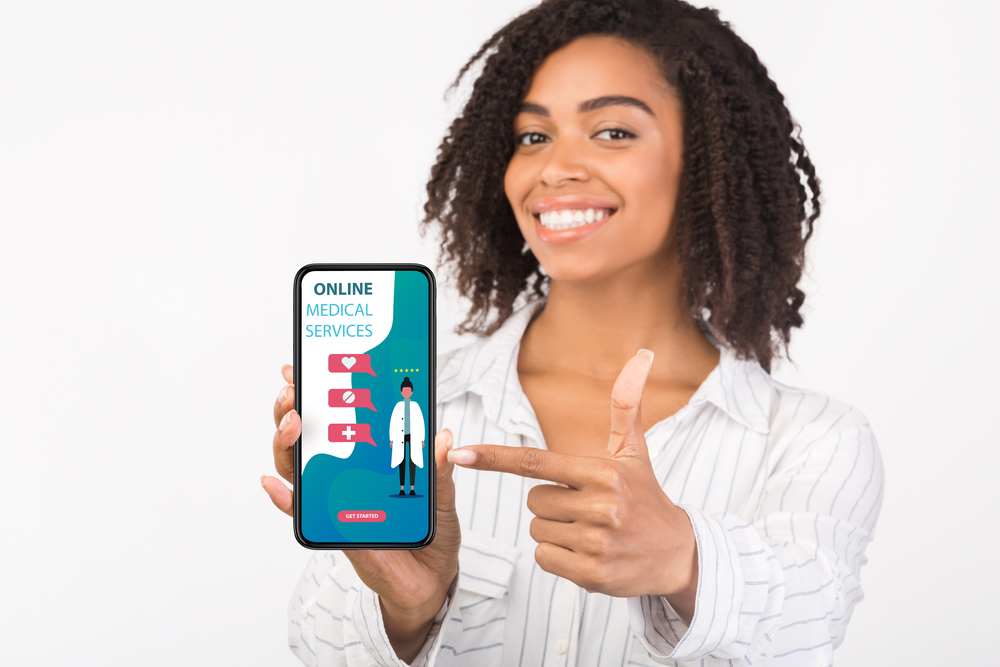Healthcare in the United States is complicated, but one fact is simple: not everyone receives equally great care in this country.
People belonging to minority groups are often stereotyped or blocked from access to certain health services, resulting in massive inequalities.
It is crucial that healthcare become more inclusive. Getting excellent healthcare shouldn’t be dependent on your ethnic background or wealth.
Here’s how we can start fixing these inequalities and helping people of all backgrounds live healthier lives:
Underserved Populations in Healthcare: What Are Health Inequalities?
There are many different health inequalities that exist within the American healthcare system. People in underserved groups often do not have access to quality healthcare for many different reasons.
People in these groups (including low-income, LGBTQ, racial minorities) frequently face discrimination in healthcare. Their doctors may not believe their symptoms.
They might have to see doctors with a poor reputation or there may be fewer resources in the region where they live–the list goes on and on.
These inequalities have led to many people being uninsured or underinsured. Additionally, people belonging to underserved groups have poorer outcomes, with more chronic conditions and higher mortality rates.
People who belong to multiple underserved groups typically face even more hurdles to getting quality healthcare.
How Healthcare Services Can Provide More for Minorities
We know that the healthcare system doesn’t offer the same level of care to everyone. But what can we do to fix the problem?
Healthcare organizations need to be proactive and work toward a more equal system. Here are seven ways to work toward that goal and better provide for underserved groups:
1. Federal Government Initiatives
Some government initiatives are designed to help people who need better health coverage. The Affordable Care Act (ACA), for instance, was created to help increase the number of insured people and to make sure insurance companies weren’t taking advantage of people who needed care. The ACA also aimed to make healthcare more accessible.
While government programs aren’t perfect, they do help to push the industry toward a better future.
By cooperating with these federal healthcare programs, health organizations can make a positive difference in patients’ lives now and in the future.
2. AI to Overcome Shortage of Healthcare Professionals
One major challenge in modern healthcare has been staffing shortages. Many hospitals simply don’t have enough skilled staff to optimally serve patients.
The good news is that artificial intelligence (AI) tools and other advanced technologies are making their way into the medical field and helping to take over some routine tasks, freeing up healthcare workers’ time for more complex responsibilities.
3. Smart Devices to Improve Access to Basic Healthcare

We have technology in our pockets—why not use it to help people improve their health and wellness?
Smart devices like fitness trackers, heart rate monitors, and sleep trackers can help people better monitor their health at home.
Preventative care is often not readily available in underserved communities. By using wearables, people can better understand their health and communicate their concerns to their healthcare providers.
This helps to improve outcomes overall.
4. Inexpensive Telehealth Services
Many people don’t have the transportation they need to get to doctor’s appointments. Or, it can be time-consuming to take public transit, meaning that people put off going to the doctor’s office. Additionally, in-person appointments are expensive!
By expanding access to telehealth, people can inexpensively access medical care and address problems before they escalate and become more difficult to manage.
Telehealth isn’t appropriate for every issue, but it can be helpful for people who want to talk to a doctor but struggle to make it into the office.
5. Increased Preventative Care for Underserved Communities
Preventative care is crucial for ensuring that all Americans have access to great healthcare. Many health problems can be addressed quickly and easily early on but can turn into major issues later on.
Underserved communities, in particular, often do not have easy access to services like physicals and routine lab work.
There are so many benefits to increasing preventative care. People have better outcomes, of course, but it’s also a win for doctors.
They can serve more patients when problems are caught early on because the treatment process is quicker and more effective.
6. Address Social Determinants of Health
Many people in underserved communities are struggling with many different challenges. They might be living in poverty, without access to healthy food or reliable transportation.
Their education might also be limited, making it more difficult for them to work with healthcare providers.
These social determinants of health matter and healthcare workers need to understand how these factors impact overall health. Taking steps to address these problems will go a long way toward providing more equal care.
7. Diversity Communication Training for Healthcare Workers
Healthcare workers have their own unconscious biases and stereotypes. Because of this, they may unconsciously treat some patients with less respect than others, leading to health disparities.
Awareness and training are key to making sure everyone is on the same page and helping patients according to their specific needs.
Conclusion
Creating more equality in the healthcare system isn’t a process that will happen overnight. It’s going to take sustained effort and awareness.
Individual organizations and healthcare workers all need to get on board to create lasting change.





Thanks for sharing such interesting healthy blogs! So much useful info!